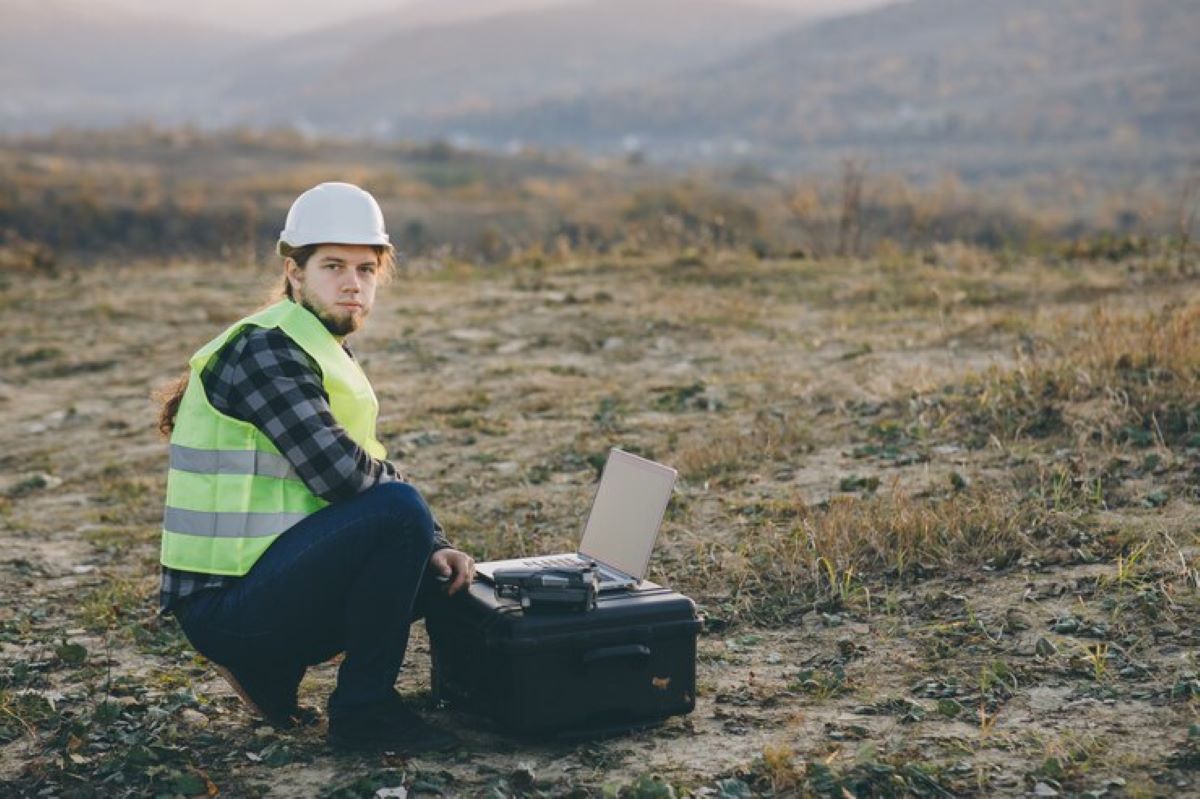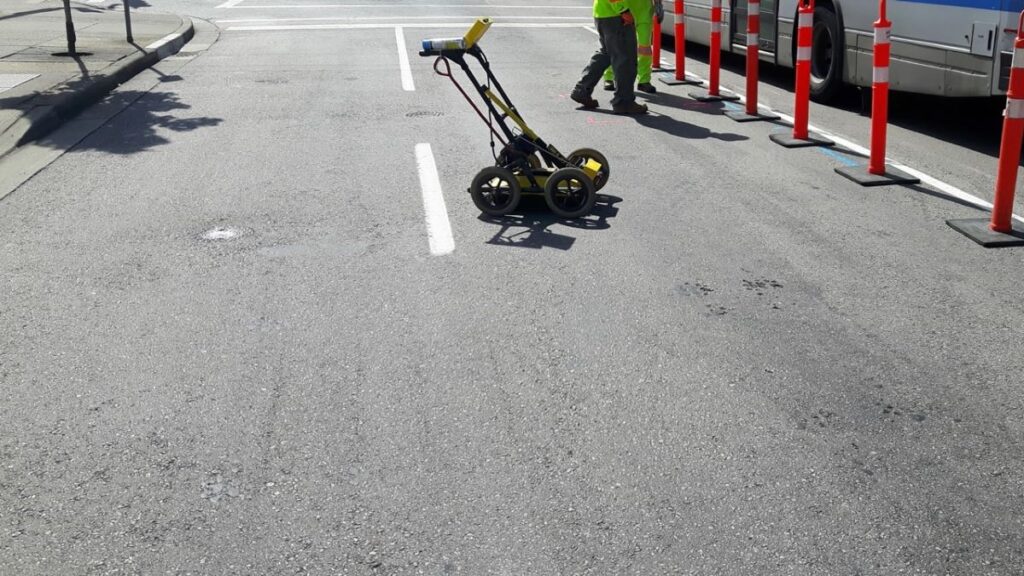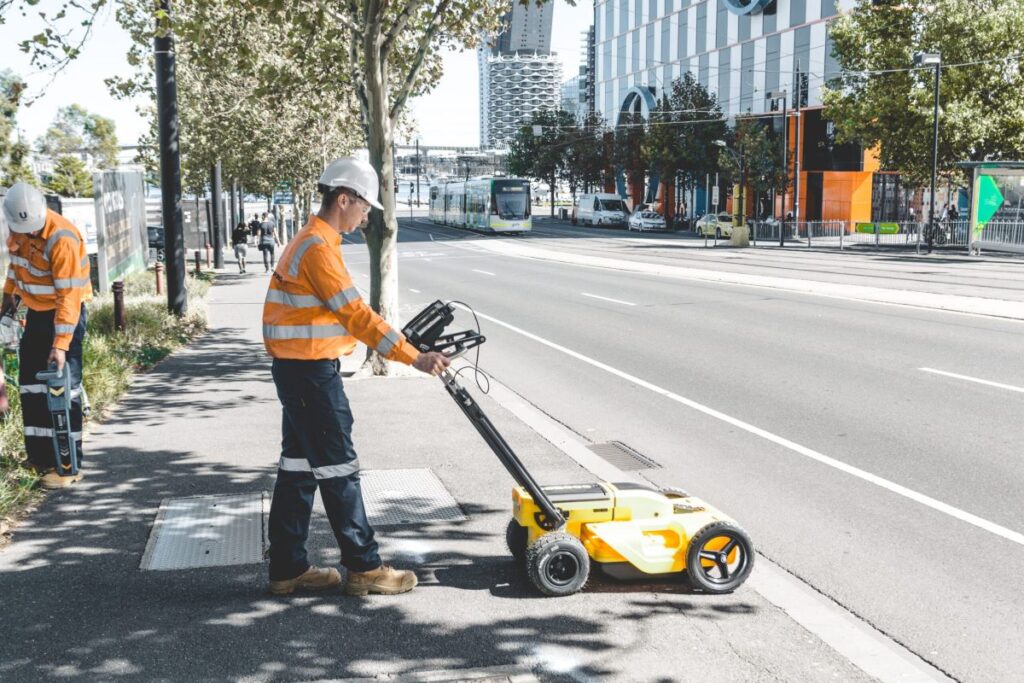
In the realm of construction and civil engineering, the importance of subsurface utility locating cannot be overstated. As projects grow in complexity, the presence of hidden utilities beneath the ground can pose significant risks. These risks not only threaten the safety of workers but can also lead to costly delays and damage to equipment. This article delves into the significance of subsurface utility locating, the methods employed, and the benefits of integrating these practices into project planning.
Understanding Subsurface Utilities
The Nature of Subsurface Utilities
Subsurface utility locating encompass a wide range of installations, including water pipes, gas lines, electricity cables, telecommunications infrastructure, and sewage systems. Often, these utilities are buried deep beneath the surface, making them invisible to the naked eye. The lack of visibility can lead to serious complications during excavation or construction activities.
Utilities can vary widely in age, material, and depth, which adds to the complexity of locating them accurately. Older utilities may not be documented properly, while newer installations may follow different standards. Thus, a comprehensive understanding of the types of utilities present in a given area is essential for any project. The materials used can also differ significantly; for instance, older iron pipes may corrode over time, while modern PVC pipes offer greater durability but can be more challenging to detect using traditional methods. Therefore, employing advanced technologies such as ground-penetrating radar (GPR) can enhance the accuracy of utility detection, ensuring that construction teams are well-informed about what lies beneath the surface.
Risks Associated with Unidentified Utilities
Failing to identify subsurface utilities can result in a myriad of issues. Accidental strikes on gas lines can lead to explosions, while hitting water pipes may cause flooding or contamination. Furthermore, damaging electrical cables can result in power outages and pose severe safety hazards to workers.
Beyond immediate safety concerns, the financial implications of such accidents can be staggering. Project delays, repair costs, and potential legal liabilities can quickly escalate, making it imperative to invest in proper utility locating services before commencing any excavation work. Additionally, the environmental impact of damaging subsurface utilities cannot be overlooked; for example, ruptured sewage lines can lead to significant pollution of local waterways, affecting both wildlife and community health. As urban areas continue to develop and expand, the need for thorough utility mapping and risk assessment becomes increasingly critical, not only to protect workers and the public but also to safeguard the integrity of essential services that communities rely on daily.
Methods of Subsurface Utility Locating
Ground Penetrating Radar (GPR)
Ground Penetrating Radar (GPR) is one of the most effective methods for locating subsurface utilities. This non-destructive technique employs radar pulses to image the subsurface, allowing for the detection of various materials, including metals, plastics, and concrete. GPR is particularly useful in urban environments where multiple utilities may be buried in close proximity.
The advantages of GPR include its ability to provide real-time data and high-resolution images of the subsurface. However, it is important to note that GPR may have limitations in certain soil conditions, such as highly conductive or saturated soils, which can affect the clarity of the results. In addition, the depth of penetration can vary significantly depending on the frequency of the radar waves used; higher frequencies offer better resolution but shallower penetration, while lower frequencies can penetrate deeper but with less detail. This trade-off necessitates careful consideration when selecting the appropriate GPR equipment for specific projects.
Electromagnetic Locating
Electromagnetic locating is another widely used technique in subsurface utility locating. This method involves the use of electromagnetic fields to detect metallic utilities. A transmitter sends a signal through the utility, which can then be traced by a receiver above ground.
This method is particularly effective for locating conductive materials, such as copper and iron pipes, as well as cables. While electromagnetic locating is a reliable technique, it is less effective for non-metallic utilities, such as PVC pipes, which require additional methods for accurate detection. Furthermore, the effectiveness of electromagnetic locating can be influenced by the presence of nearby metallic objects or other utilities, which may cause signal interference. As a result, operators must be skilled in interpreting the data to distinguish between actual utility signals and background noise, ensuring accurate mapping of the subsurface landscape.
Utility Mapping
Utility mapping combines various locating methods and technologies to create a comprehensive representation of subsurface utilities. This process involves gathering data from GPR, electromagnetic locating, and existing utility records to generate an accurate map of the underground infrastructure.
Utility mapping not only aids in the identification of existing utilities but also assists in planning future projects. By having a clear understanding of the subsurface environment, engineers and contractors can make informed decisions, minimising risks and optimising project efficiency. The integration of Geographic Information Systems (GIS) with utility mapping further enhances the utility of the data collected, allowing for dynamic updates and spatial analysis. This capability is invaluable for municipalities and construction firms alike, as it enables them to visualise the interactions between various utilities and the surrounding environment, ultimately leading to safer and more effective project execution.

The Benefits of Subsurface Utility Locating
Enhanced Safety
One of the most significant benefits of subsurface utility locating is the enhancement of safety on construction sites. By accurately identifying the location of utilities, workers can avoid accidental strikes that could lead to injuries or fatalities. This proactive approach to safety not only protects personnel but also safeguards the public and surrounding infrastructure.
Additionally, having a clear understanding of subsurface utilities allows for better planning of excavation activities, reducing the likelihood of unforeseen complications. This foresight is essential in maintaining a safe working environment.
Cost Savings
Investing in subsurface utility locating can lead to substantial cost savings in the long run. By preventing accidental damage to utilities, projects can avoid costly repairs and delays. Furthermore, accurate utility locating can streamline the construction process, allowing for more efficient use of resources and time.
In many cases, the cost of utility locating services is a fraction of the potential expenses incurred from utility strikes and project delays. Therefore, integrating these services into project planning is not only a safety measure but also a financially prudent decision.
Regulatory Compliance
Many regions have regulations in place that require the identification and mapping of subsurface utilities before excavation begins. Compliance with these regulations is essential to avoid legal repercussions and fines. By utilising professional utility locating services, contractors can ensure they adhere to local laws and standards, thereby protecting their projects and reputations.
Moreover, demonstrating a commitment to safety and compliance can enhance a company’s standing in the industry, potentially leading to more business opportunities and partnerships.
Choosing the Right Utility Locating Service
Experience and Expertise
When selecting a utility locating service, it is crucial to consider the experience and expertise of the provider. A reputable company should have a proven track record in the field, with knowledgeable staff who understand the complexities of subsurface utilities. This expertise is vital for accurate locating and mapping.
Additionally, companies that utilise advanced technologies and methodologies will likely provide more reliable results. It is advisable to inquire about the tools and techniques employed by the service provider to ensure they meet industry standards.
Customer Reviews and Testimonials
Customer reviews and testimonials can provide valuable insights into the quality of service offered by a utility locating company. Positive feedback from previous clients can indicate a reliable and professional service. Conversely, negative reviews may serve as a warning to seek alternatives.
It is beneficial to research multiple companies and compare their services, pricing, and customer satisfaction levels before making a decision. This diligence can lead to a more informed choice and a successful project outcome.
Comprehensive Services
Opting for a utility locating service that offers comprehensive solutions can be advantageous. A provider that not only locates utilities but also offers mapping, consultation, and project management services can streamline the entire process. This integrated approach can save time and reduce the potential for miscommunication between different contractors.
Furthermore, a comprehensive service provider can assist in ongoing maintenance and monitoring of subsurface utilities, ensuring that projects remain compliant and safe long after the initial construction phase.
Case Studies: Successful Utility Locating in Action
Urban Infrastructure Project
In a recent urban infrastructure project in Sydney, a construction company faced challenges due to the dense network of utilities beneath the surface. The project involved the installation of new drainage systems, which required extensive excavation. To mitigate risks, the company engaged a professional utility locating service.
Using a combination of GPR and electromagnetic locating, the service provider was able to accurately map the existing utilities. This information allowed the construction team to plan their excavation strategy effectively, avoiding potential hazards and ensuring the project remained on schedule. The result was a successful project completion with no incidents related to utility strikes.

Residential Development
Another case involved a residential development in Melbourne, where developers encountered unexpected delays due to unidentified utilities. Initially, the project was set to proceed without a thorough utility locating assessment, leading to several costly disruptions.
After engaging a utility locating service, the developers were able to identify and map the subsurface utilities accurately. This proactive approach not only saved time and money but also enhanced the safety of the construction site. The project ultimately benefited from improved planning and execution, demonstrating the value of utility locating in residential developments.
Conclusion
Subsurface utility locating is an essential practice that protects projects from the hidden dangers posed by buried utilities. By employing advanced technologies and methodologies, contractors can enhance safety, save costs, and ensure compliance with regulations. The importance of choosing the right utility locating service cannot be overstated, as their expertise can significantly impact the success of a project.
As construction projects continue to evolve in complexity, the need for thorough subsurface utility locating will only grow. By prioritising this critical aspect of project planning, stakeholders can safeguard their investments and contribute to a safer, more efficient construction environment.
In a world where safety and efficiency are paramount, subsurface utility locating stands out as an invaluable tool. Embracing these practices not only protects the project but also fosters a culture of responsibility and diligence within the construction industry.
Related : Why Utility Mapping Should Be Your First Step Before Any Excavation